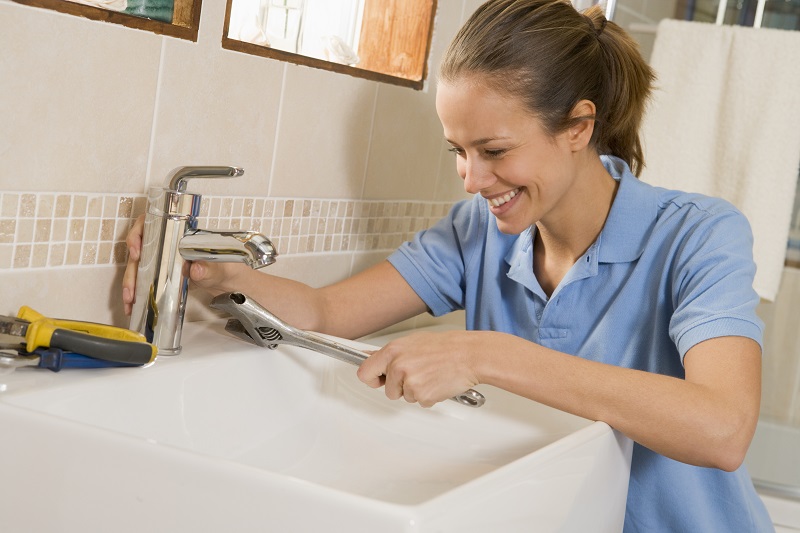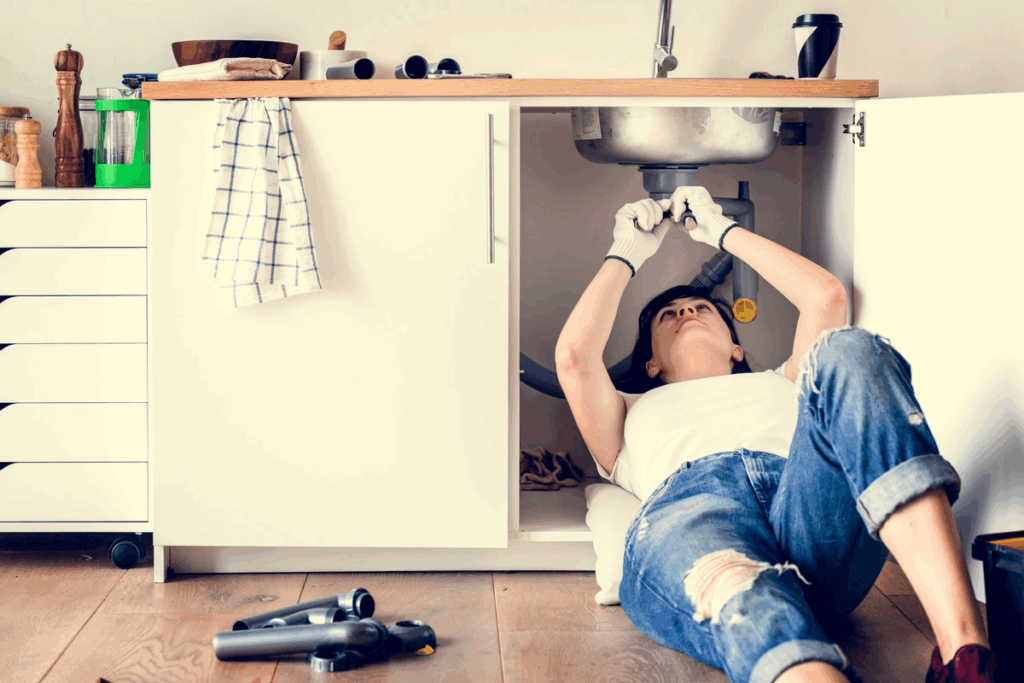Simple Plumbing Fixes You Can Do Yourself
Plumbing problems can strike at any time—whether it’s a dripping faucet, a clogged drain, or a running toilet. While some issues require the expertise of a licensed plumber, many common plumbing problems can be fixed by homeowners with a bit of guidance and a few tools. Not only can learning basic plumbing repairs save you money, but it can also give you the satisfaction of solving problems on your own.

Here are several simple plumbing fixes you can tackle yourself, even with little to no prior experience.
-
Unclogging a Drain
One of the most common plumbing issues is a clogged drain, whether in your kitchen sink, bathroom sink, or shower. If water is draining slowly or not at all, here are a few simple solutions:
Boiling Water: Often, a pot of boiling water can clear grease or soap buildup in pipes.
Baking Soda and Vinegar: Pour ½ cup of baking soda followed by ½ cup of vinegar down the drain. Wait 10–15 minutes, then flush with hot water. This natural chemical reaction can break down blockages.
Plunger or Drain Snake: A plunger creates suction that can dislodge blockages. For more stubborn clogs, a drain snake or wire hanger can help remove hair and debris manually.
Avoid using harsh chemical drain cleaners too frequently, as they can damage your plumbing over time.
-
Fixing a Leaky Faucet
A dripping faucet is not only annoying but can waste gallons of water each year. Fortunately, most faucet leaks are caused by worn-out washers or O-rings.
To fix a leaky faucet:
Turn off the water supply under the sink.
Plug the drain to avoid losing small parts.
Disassemble the faucet handle using a screwdriver.
Replace the damaged washer or cartridge with a new one.
Reassemble the faucet and turn the water back on.
This quick fix can often be done in under an hour and will improve both your water bill and your sanity.
-
Stopping a Running Toilet
A constantly running toilet can waste a surprising amount of water. Usually, the issue lies within the tank and is easily resolved.
Check the following components:
Flapper: The rubber flapper may be worn out or misaligned. Replacing it costs only a few dollars.
Fill Valve: If water continues to run after flushing, the fill valve might need adjusting or replacing.
Float Arm: Adjusting the float can help regulate when the tank refills.
Most toilet repair kits are inexpensive and come with easy-to-follow instructions. Fixing a running toilet is one of the simplest plumbing tasks you can do.
-
Sealing Leaky Pipe Joints
Leaky pipe joints under sinks or behind toilets are often caused by loose connections or worn-out plumber’s tape (also known as Teflon tape). You’ll usually notice puddles forming under the cabinet or around the base of the pipe.
To fix this:
Turn off the water supply.
Unscrew the leaking joint.
Clean off old plumber’s tape.
Reapply new Teflon tape tightly around the threads.
Reconnect the pipe and turn the water back on.
If the pipe itself is cracked, you may need a replacement part or a temporary patch using epoxy putty until a permanent solution can be installed.
-
Replacing a Showerhead
Low water pressure or uneven spray patterns in your shower? You might need a new showerhead. Replacing one is a very straightforward DIY plumbing task.
Unscrew the old showerhead with an adjustable wrench.
Clean the threads on the shower arm.
Wrap new Teflon tape around the threads to prevent leaks.
Screw on the new showerhead by hand, then tighten gently with the wrench.
You’ll be amazed how much a new showerhead can improve your showering experience.

Basic Tools for DIY Plumbing
Before starting any plumbing repair, it’s a good idea to have the following basic tools on hand:
Adjustable wrench
Plumber’s tape (Teflon tape)
Screwdrivers
Plunger
Drain snake
Bucket
Towels or rags
Utility knife
You don’t need to be a professional plumber to own these tools—just someone who wants to be a bit more self-reliant around the house.
When to Call a Professional
While these plumbing fixes are great for minor issues, some problems are best left to professionals. Call a plumber if you experience:
Major pipe leaks or water damage
Sewer line backups
Gas line concerns
Low water pressure throughout the house
Repeated clogs or drainage problems
Knowing your limits is just as important as knowing your tools.
Mastering a few simple plumbing fixes can save you time, money, and stress. By learning how to address minor plumbing issues yourself, you not only prevent small problems from becoming big ones—you also gain confidence as a capable homeowner. With a little effort and the right tools, you’ll find that tackling plumbing tasks isn’t as daunting as it seems.